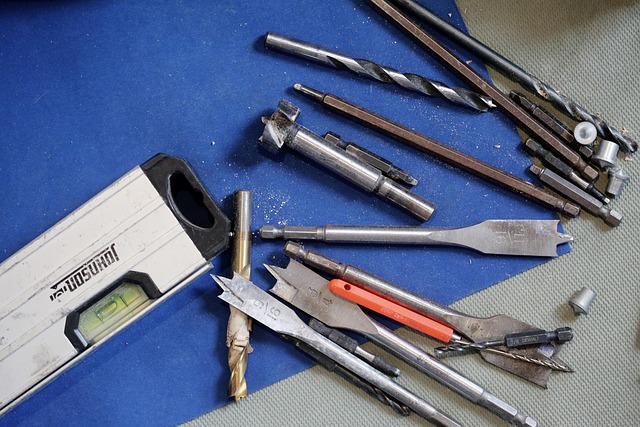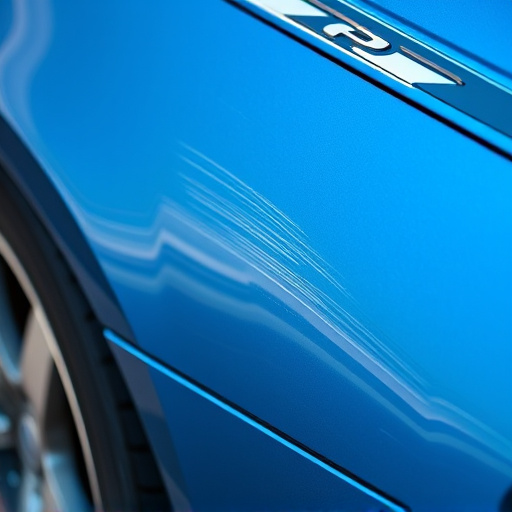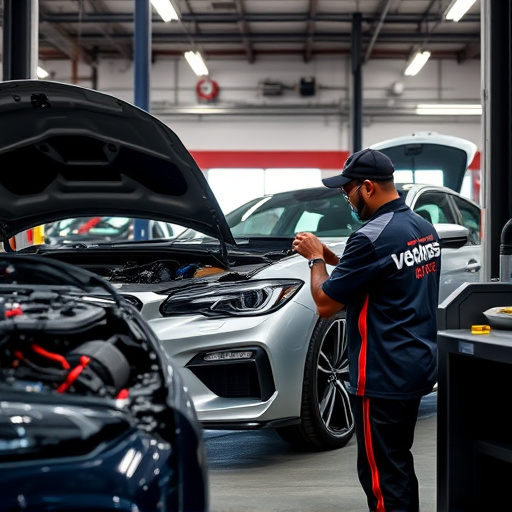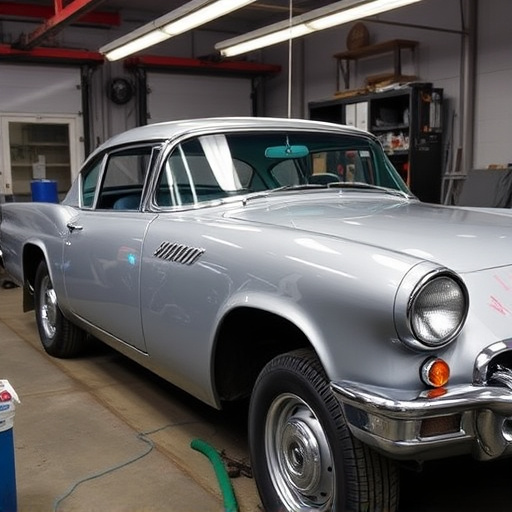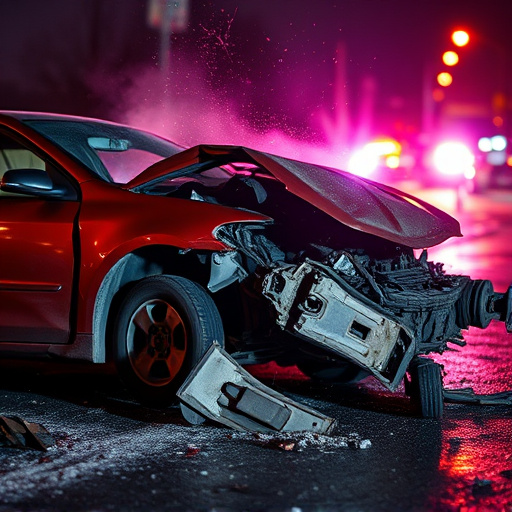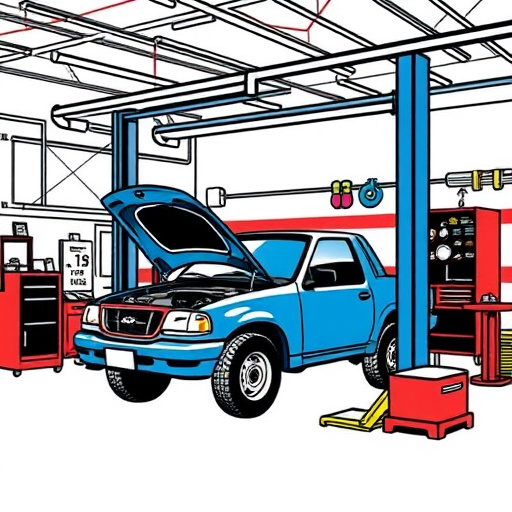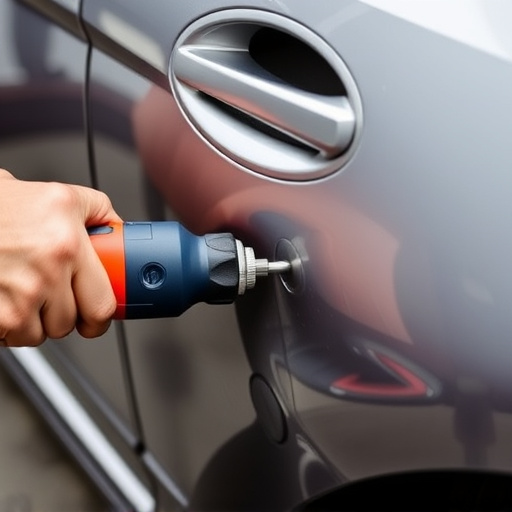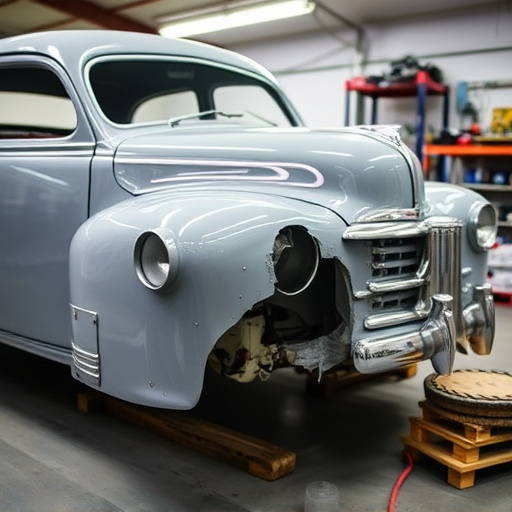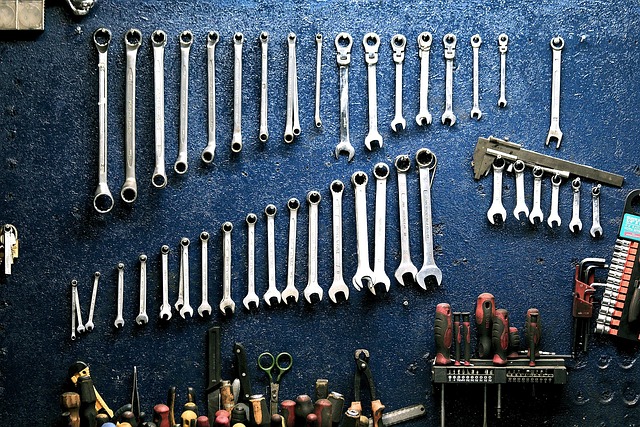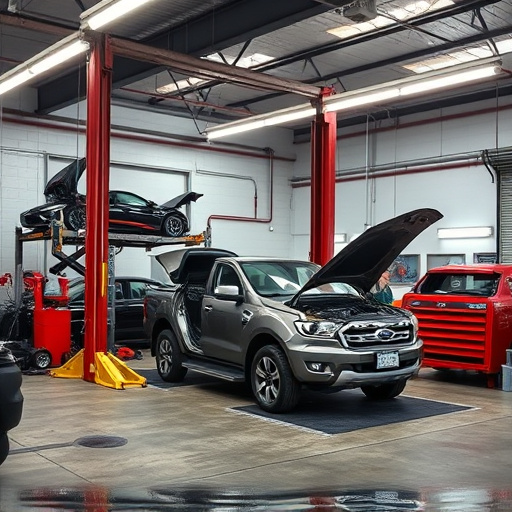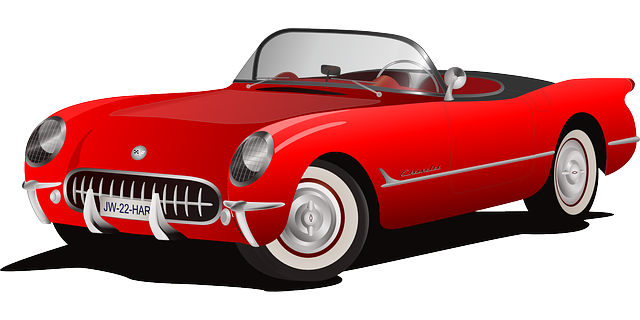Dog leg repair demands meticulous understanding of canine anatomy and accurate diagnosis. Veterinarians and specialists use advanced techniques, materials like high-grade metal alloys, and equipment to ensure safe and durable repairs. Collision centers employ robotic welding, quality control, and thorough preparation to avoid future damage, prioritizing long-term vehicle health and performance.
Dog leg repair, while seemingly straightforward, presents unique challenges due to the complex anatomy involved. This article delves into the intricacies of this procedure, focusing on three key aspects: understanding the canine leg’s intricate structure, selecting the right materials for optimal healing, and avoiding common pitfalls that can compromise results. By exploring these areas, we aim to empower veterinary professionals with the knowledge needed to successfully navigate dog leg repair surgeries.
- Understanding Complexities of Dog Leg Anatomy
- Material Selection: Crucial for Success
- Common Errors and Their Prevention Strategies
Understanding Complexities of Dog Leg Anatomy
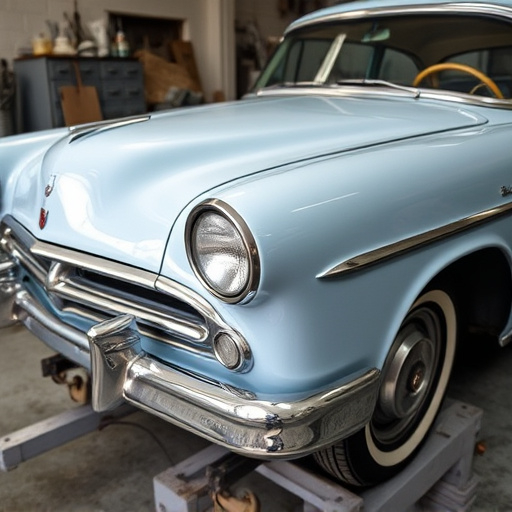
The canine leg is a complex structure, comprising multiple bones, muscles, and ligaments working in harmony to provide stability and mobility. When undertaking dog leg repair, understanding this intricate anatomy becomes paramount. Veterinarians and animal rehabilitation specialists must carefully navigate through various components, including the femur, tibia, patella, and surrounding soft tissues, to ensure successful restoration of function without causing further damage.
Each part plays a vital role in locomotion, and even minor disruptions can significantly impact a dog’s ability to walk or run comfortably. Therefore, a thorough knowledge of dog leg anatomy is essential for accurate diagnosis and effective dog leg repair techniques, whether it involves surgical intervention, immobilization, or conservative treatment options such as physical therapy and dent repair. This foundation enables professionals to select the most appropriate car paint services or auto painting methods if external damage affects the leg’s appearance while ensuring long-term health and functionality.
Material Selection: Crucial for Success
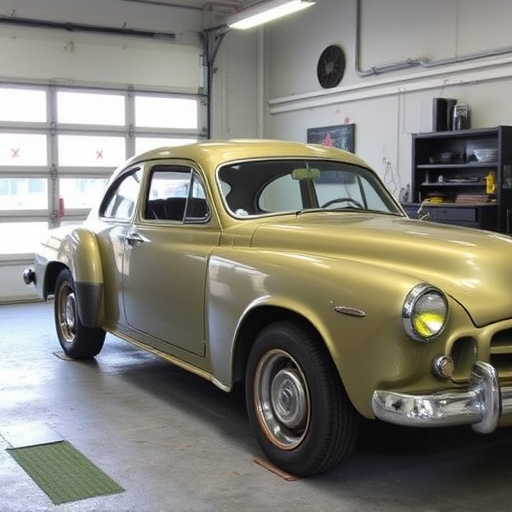
In dog leg repair work—a critical component of both automotive collision repair and meticulous car body restoration—material selection plays a pivotal role in determining the outcome. The dog leg, a structural element that connects key components like the chassis and suspension, demands materials that not only withstand high tensile strength but also possess exceptional durability and corrosion resistance. Improper material choice can lead to weakened repairs, compromising the safety and performance of the vehicle during future drives.
For optimal results in dog leg repair, professionals favor high-grade metal alloys engineered specifically for automotive applications. These advanced materials offer superior bonding capabilities and resistance to environmental factors such as moisture and extreme temperatures—essential considerations when compared to routine auto glass repair tasks. By aligning material selection with the unique structural demands of the dog leg, skilled technicians ensure long-lasting repairs that rival the integrity of the original car body.
Common Errors and Their Prevention Strategies
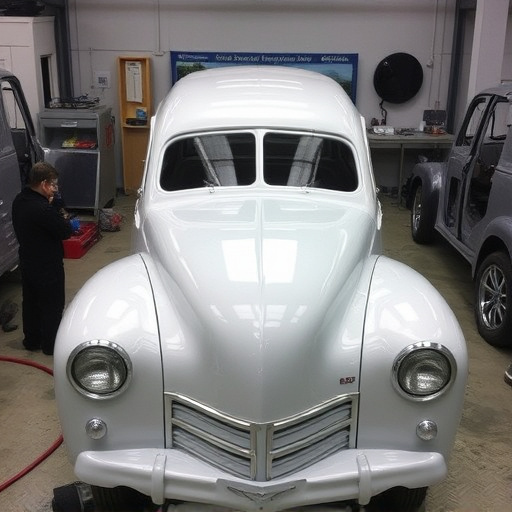
During dog leg repair work—a critical component of structural integrity in vehicles, particularly at junction points—common errors can lead to less-than-ideal outcomes. One frequent mistake is misalignment of the metal during replacement, which can cause future damage and compromise the vehicle’s safety. To prevent this, collision repair centers employ sophisticated equipment for precise measurements and use specialized techniques like robotic welding to ensure accurate fitting.
Another error involves using subpar materials or inadequate bonding agents, resulting in weakened repairs that may fail under stress. Automotive body shops address this by prioritizing high-quality parts and adhering to stringent quality control measures during the dog leg repair process. Thorough surface preparation, including degreasing and priming, is also crucial to ensure robust bonding between the original and replacement components, enhancing the durability of collision repair services.
Dog leg repair presents unique challenges, from understanding intricate anatomies to choosing the right materials and avoiding common pitfalls. By grasping these complexities and implementing strategic prevention methods, professionals can achieve successful outcomes for canine patients. This comprehensive approach ensures the best possible care, addressing both structural integrity and long-term comfort for our four-legged friends.
